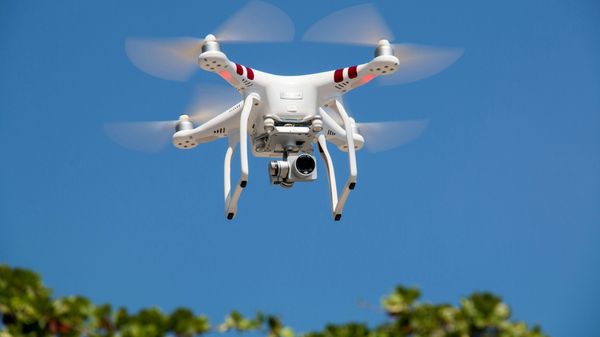
The cost of ditching Windows 10 at your business and upgrading to the latest software might end up being a rather expensive process, Microsoft has revealed.
Microsoft is ending support for Windows 10 on October 14, 2025, with businesses then needing to pay out for its Extended Security Updates (ESU).
The company has now unveiled details on how much businesses will need to have to pay if they want to keep using Windows 10 after its official end of support deadline without being left open to security attacks.
Costly Windows 10 upgrade
In a blog post explaining the changes, Microsoft reminded businesses that will need to keep using Windows 10 after support ends that they will need to enroll those PCs in the ESU program.
There will be three paid options for businesses looking to extend their support, Microsoft said - the traditional 5-by-5 activation key method, a cloud-based activation method, and activation included with your Windows 365 subscription.
The former is the base license package, costing $61 per device for Year 1, with users simply downloading an activation key and applying it to whichever individual Windows 10 devices they have selected for the ESU program.
Companies will also be able to access ESU through their existing Windows 365 subscription at no extra cost, with devices automatically be activated to receive security updates without any additional steps.
Finally, Microsoft also has a "special offer" for organizations using a Microsoft cloud-based update management solution such as Microsoft Intune or Windows Autopatch, who can access a 25% discount, meaning their ESU will cost $45 per user for up to five devices for Year 1.
"ESUs allow you to receive critical and/or important security updates for Windows 10 PCs when you need extra time to move to Windows 11," the company noted.
"Organizations that run legacy software are at a higher risk of security breaches and potential compliance violations. While Windows 10 PCs will continue to function after they reach end of support, they will no longer receive security updates, bug fixes, feature improvements, or security issue resolutions. Upgrading to Windows 11 or transitioning to a new Windows 11 PC will help you deliver the best, most secure computing experience to your employees—and help protect your organization."
More from TechRadar Pro
- Microsoft is ending support for this popular business version of Windows — so you really need to update now
- Windows 11 Enterprise enhancements are here - and the AI enhanced Windows Autopatch is a gamechanger
- For something more portable, consider the best mobile workstations and best business laptops







